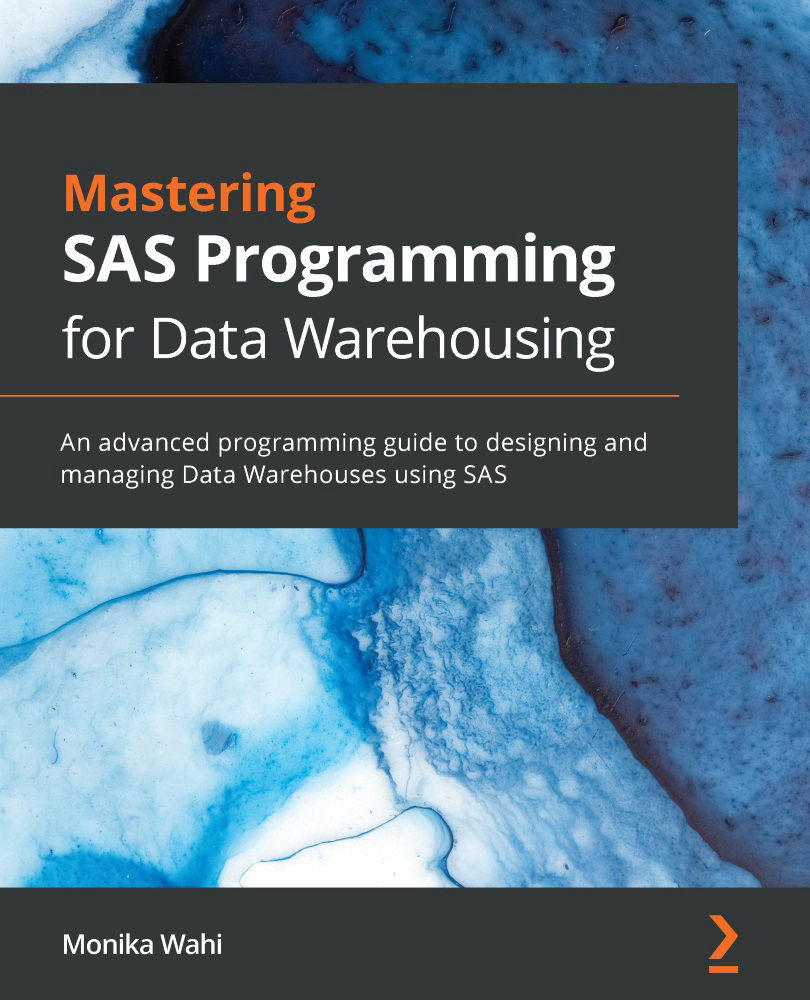Chapter 12
It is important to build SAS reports into the ETL process that report metrics about the ETL and can help us troubleshoot if anything goes wrong during the ETL protocol. In one of the examples in this chapter, we said if we knew that the state of Alaska only has 10 hospitals, and California has over 300, then we would never expect to see Alaska as the state with the most staffed hospital beds throughout the whole of the US. Therefore, if we had a SAS report among our ETL reports that selected the state with the most staffed beds after one data load, and that happened to be Alaska, it would alert us to look more closely at what happened during ETL, because Alaska would be an illogical result.
The source of the limitations we saw in the SAS implementation that provides a query tool for the BRFSS is that SAS has added features over the years to allow data to be displayed over the web. In other words, these features are add-ons to SAS. Because they are add-ons, these...


































































